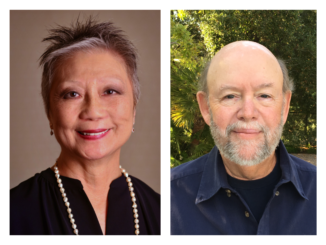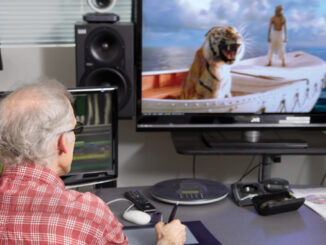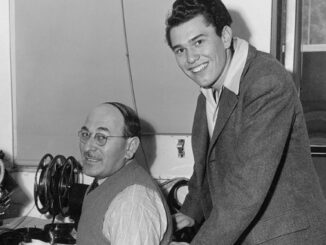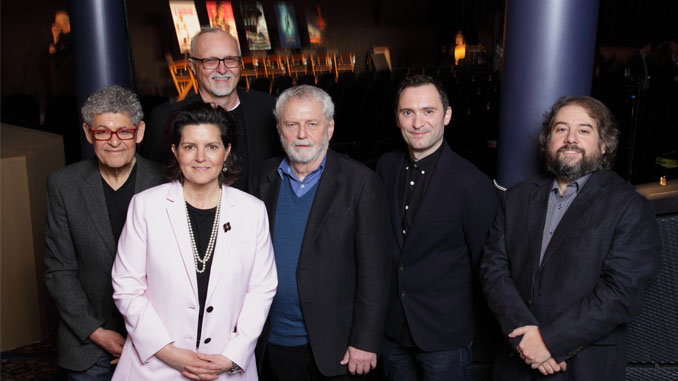
by Edward Landler • Portraits by Gregory Schwartz
The Oscar-nominated picture editors convened on Saturday morning, March 3 — the day before the 90th Academy Awards ceremony at the Dolby Theatre — at the 18th annual Invisible Art/Visible Artists program hosted by the American Cinema Editors (ACE) at the American Cinematheque’s Egyptian Theatre nearby. An capacity audience had gathered with eager anticipation to hear these editors discuss the art of editing and the films for which they were nominated.
After welcoming the audience, the Cinematheque’s Margot Gerber introduced ACE President and Editors Guild Board member Stephen Rivkin, ACE, also an editing Oscar nominee for Avatar in 2010. Thanking ACE executive director Jenni McCormick and her staff for their work on the program, as well as Blackmagic Design, Avid, the Editors Guild, the National Association of Broadcasters (NAB) and Adobe Systems for their sponsorships, Rivkin went on to introduce the six editors nominated for their work:
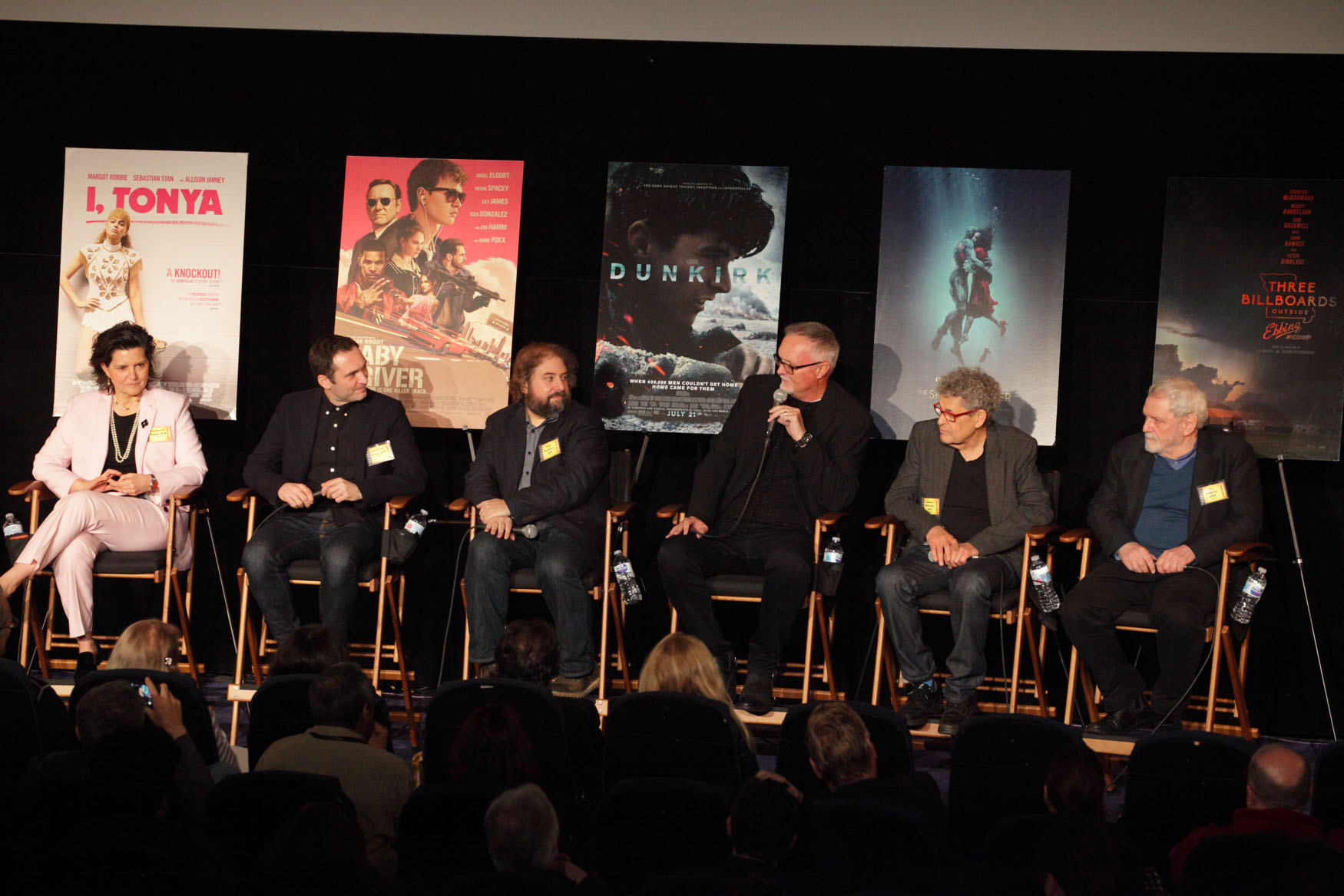
Tatiana S. Riegel, ACE, for Craig Gillespie’s I, Tonya
Jonathan Amos, ACE, and Paul Machliss, ACE, for Edgar Wright’s Baby Driver
Lee Smith, ACE, for Christopher Nolan’s Dunkirk (who ultimately would win on Sunday)
Sidney Wolinsky, ACE, for Guillermo del Toro’s The Shape of Water
Jon Gregory, ACE, for Martin McDonagh’s Three Billboards Outside Ebbing, Missouri.
Moderating the discussion was ACE Vice President and Editors Guild President Alan Heim, ACE, an Oscar winner for All That Jazz (1979) and a nominee for Network (1976).
“Please note that every nominee is a member of ACE,” Rivkin pointed out. He also announced that Riegel would be leaving the discussion early to attend the Independent Spirit Awards luncheon as a nominee for its best editing prize (which she won). This was the fifth year that Film Independent was honoring picture editors, as a result of ACE and the Guild’s ongoing campaign to bring greater awards recognition to editors.

Starting the discussion, moderator Helm asked the nominees for “a short version of how you got into the business.” Riegel complied, saying that after graduating from college as a poli-sci major, “Howard Smith, who is here, gave me my first job on River’s Edge [1986], working for free because I didn’t know anything, and I’ve been working ever since.”
In England, editor Amos “talked” himself into an editing job in a post-production company, got a reel together, edited corporate projects and made a documentary in Cambodia, all while trying to get a break in TV. Finding television work at Ealing Studios, he met director Wright, who was working there on the feature Shaun of the Dead (2004). He recounted, “Later on, Edgar remembered me when he was doing Scott Pilgrim vs. the World [2010]. You need desire, courage and luck.”
A producer’s son, the Australian Machliss wanted to work in movies since he was six. After “learning the ropes” in a Melbourne TV station, he took a chance and went to England, cold-calling to find work and got a job on Spaced (1999-2001), a sitcom directed by Wright. Along with Amos, with whom Machliss had also worked in TV, the director remembered him when he was making Scott Pilgrim.

Also from Australia, Dunkirk editor Smith found work at a post facility with the help of his optical effects technician father in 1976, when it was hard to find work in the industry there. Coming in contact with director Peter Weir, he worked as an assistant editor on The Year of Living Dangerously (1982), and, becoming an editor, often worked with Weir. He said, “Then I met Chris Nolan and we’ve done seven films together so far.”
Assuring the audience that “you don’t have to have a Commonwealth accent to edit,” Heim turned to Wolinsky. As a “film fanatic” with a BA in English and American Literature, he went to San Francisco State film school; he said, “I originally wanted to be a DP but editing has more to do with telling a story.” After working as an assistant on features with Richard Marks, ACE, he edited many TV movies and major TV series, including The Sopranos (1999-2007). Wolinsky met del Toro editing the pilot of The Strain (2014), a show created by the Mexican writer/ director who later called him to edit The Shape of Water.
Born in India, Gregory started seeing movies there; after his family returned to England, he said, “My schooling suffered because I was going to movies all the time.” Finding work at the BBC in the ‘60s, he recalled, “I knew I had to get into editing. I owe it all to the BBC, the best film school you could have.” Moving quickly into editing, he worked with director Les Blair and met writer/director Mike Leigh, with whom he continues to work. He concluded, “If editing’s all you want to do and nothing else, you’ve got it made.”
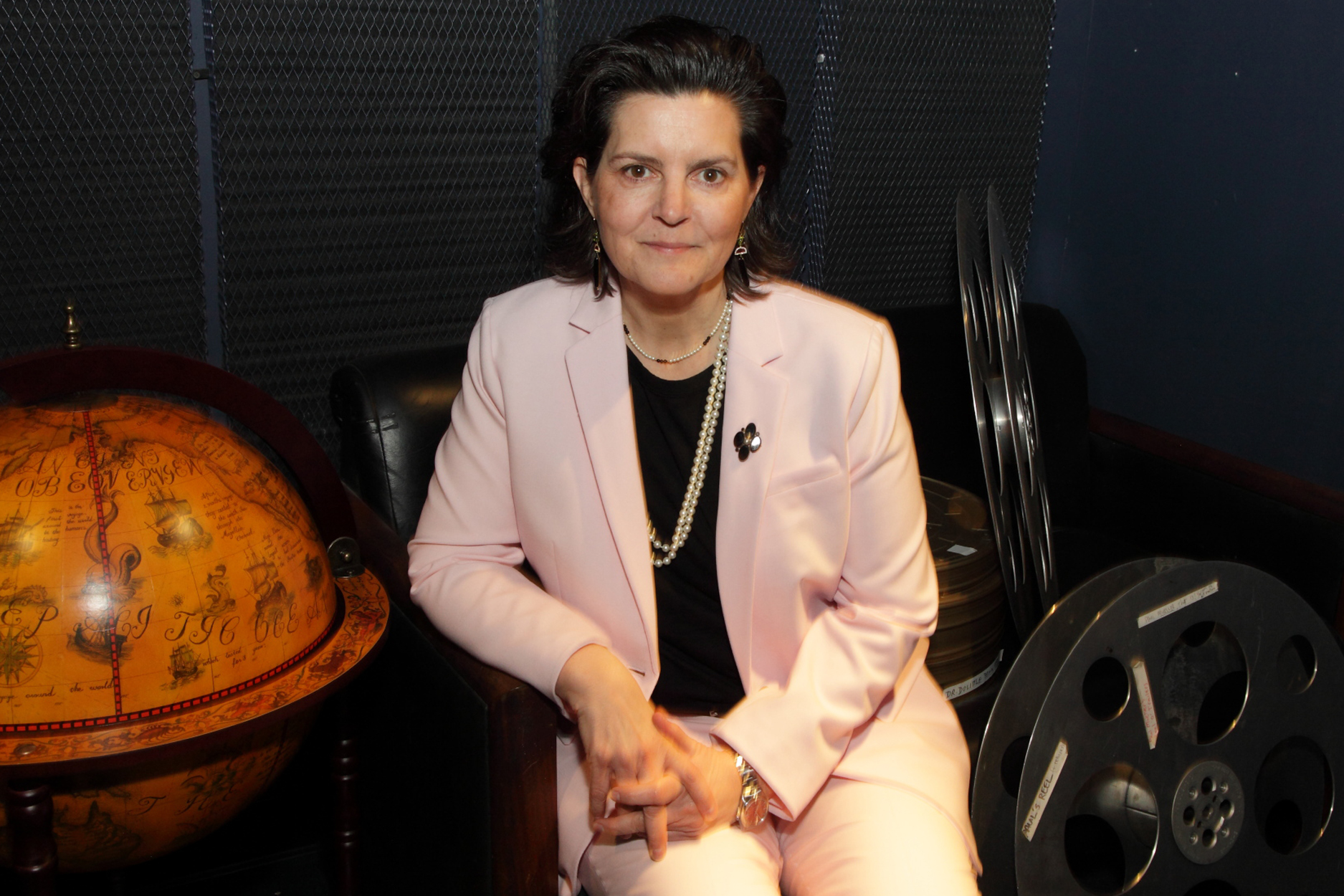
The panelists then cleared the stage to allow a clear view of the first clip, a sequence from I, Tonya, which followed title character Harding from a skating competition to being berated by her mother (Allison Janney). When Heim asked about the skating, Riegel said, “Margot Robbie did everything that didn’t require decades of training.” She went on, though, to describe how each of the major skating sequences had their own personality.
“I had to figure out how to sculpt these sequences, with each reflecting Tonya’s life and career at that time,” the editor said. “This one was very early in the film and she’s a diamond in the rough.” She found the editing of the dialogue baring the characters of mother and daughter to be equally challenging, if not more so. She noted, “The film is always dancing back and forth between this very emotional, sad and tragic story and the craziness that brings in all this comic absurdity.”
Heim recalled being told about All That Jazz, “‘You’re going to win an Oscar but it’s not going to be for the dancing.’ The insight there is that it’s the story.” Riegel agreed, “It’s always the story, cutting the scene for the truth and the emotion of it. It brings out the humanity and you don’t have to force that. You don’t have to bring in the comedy; it’s there.”
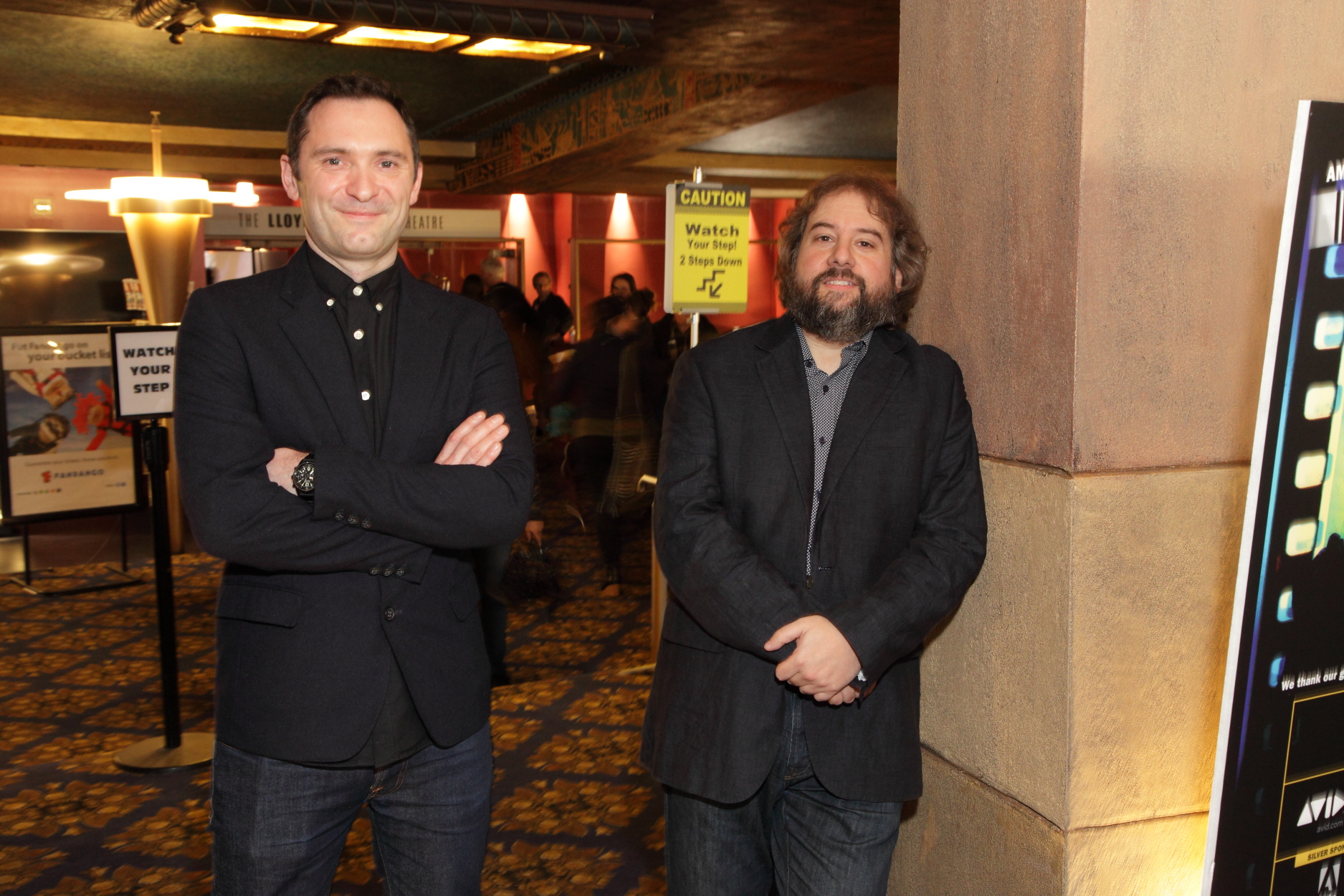
The Baby Driver clip was the film’s first bank robbery and car chase, cut to the music of the mix tape thst Baby hears through his ear buds as he drives the getaway car. Asked how the two editors worked together, Machliss described how the editing was done in two stages.
Filmed in Atlanta, Machliss was on location for the entire shoot, setting up the shots with the director from animatic reels, created by animatics editor Evan Schiff from precise storyboarding that showed the car’s journey set to the music. Machliss said, “It was a clear process to make sure it was working and I had the cut in rough form by the time we left Atlanta. Back in the UK, Jon took over to give the action scenes a kick.”
The editing was tied to the music so that specific visuals had to be at certain “anchor” points fixed by the songs. Amos explained, “You’re constrained to the music. We shot more footage than was in the animatic and we had to fit all the material inside the structure; you kind of compressed the material that you hadn’t envisioned originally.” Machliss added, “The shot had to inform the edit and the edit had to inform the shot.”
Also, with so much material turned over to special effects during post, Amos said, “It was something one editor couldn’t do by himself. We both had to be there to keep it moving.”
A second Baby Driver sequence was shown, a quiet scene in a diner in which the action still had to match the song playing from a juke box. Machliss noted, “I love the scene for its lack of pace; it’s just as effective emotionally as the quick cutting.”
After screening a sequence from Dunkirk depicting a German air attack on British sailors and the ensuing air battle with RAF Mustangs, Heim asked editor Smith if he used a lot of special effects. The editor replied, “Only the tiniest bit of CGI is in there; pretty near every shot is in camera. I had so much in camera, I never really thought about the special effects to clean little things up.”
Smith noted that the sequence had been shot in IMAX and, because of the size of the camera, snorkel lenses were used to shoot point-of-view inside the British planes. He added, “The tracer fire was the CG sweetener there since they couldn’t actually fire at the planes.”
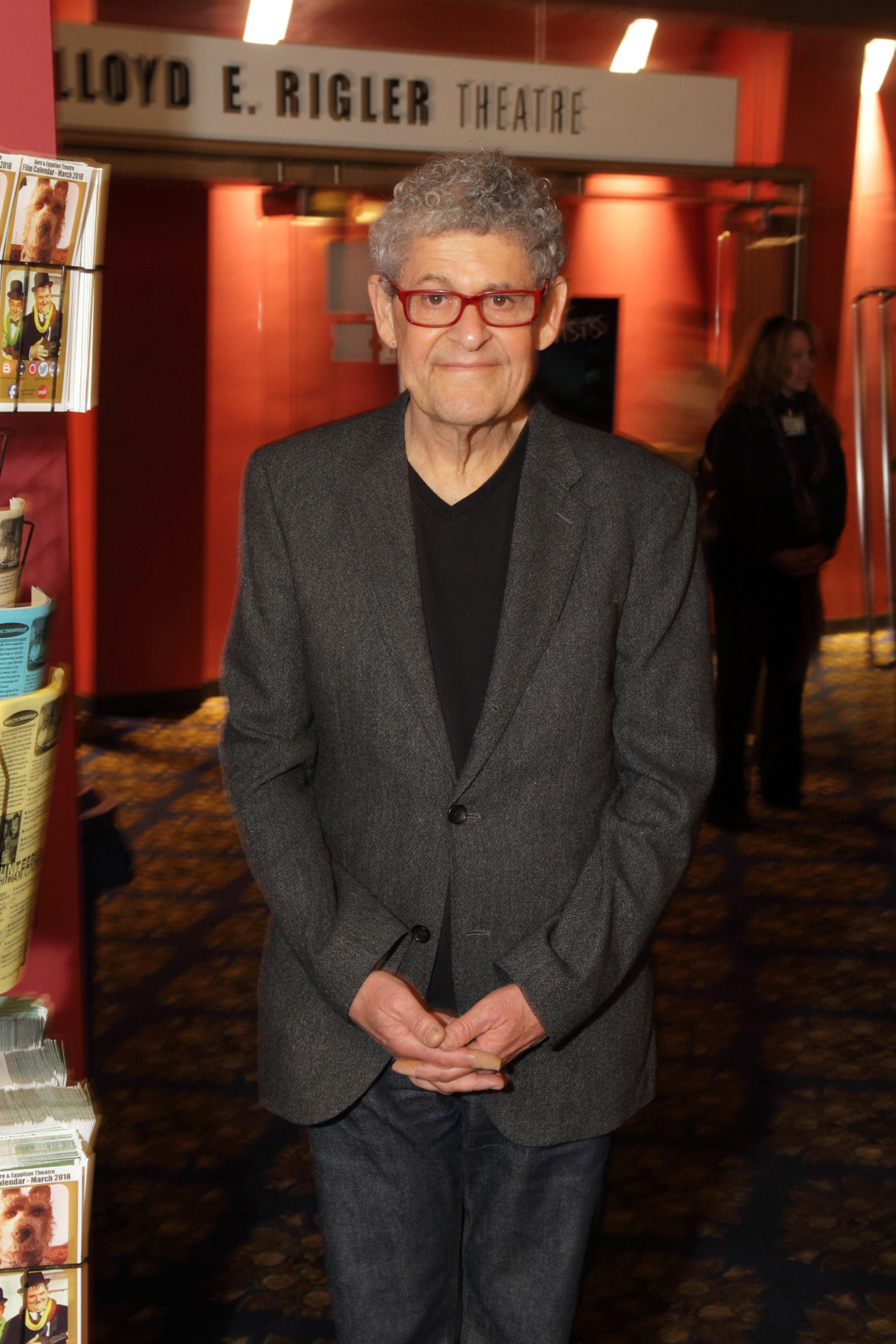
Emphasizing that director Nolan designed the film to be largely in camera — to be seen from the point of view of the British characters — Smith said, “From the first frames of the film, you’re drawn into the action all from our point of view, no perspective from the Germans. It was like editing a silent movie; there was very little dialogue in the script and no narrated back story. And on top of that was this very complex shifting of time throughout the film.”
While making Dunkirk, Smith hoped that they weren’t making a $100 million art movie. “You have to tell the story visually without anybody explaining it to you,” he attested. “It was very experimental. For a film studio to put that kind of money into it was a brave thing to do.”
In the clip from The Shape of Water, the mute Elisa recognizes the immediate peril to the creature at the research lab, and tries to explain it to her artist neighbor, Giles. Moderator Heim asked Wolinsky, “She’s signing and he’s translating. How do you deal with this?”
Pointing out that she insists that Giles repeat her words, the editor said, “It’s beautifully written and it’s not artificial. The challenge was to time his words to her signing. I tried to place the subtitles close to their hands or faces; I didn’t want the audience to direct their attention from the faces because of the acting.”
For the film as a whole, director del Toro had to make it believable in terms of what he shot and, as Wolinsky explained, “I had to keep up the pace and make people follow the story, always keeping the subtext in mind; how each scene fits into the movie.”
Heim remarked on the subtle introduction of the music in the sequence and the editor commended his assistant Cam McLauchlin’s music cutting, as well as his picking and cutting much of the temp music. About the music over all, Wolinsky maintained, “The key thing was, ‘Will the creature live or die?’ You can overdo the music and diminish the impact. It was a rich musical environment — stuff on the television, source cues, Alexandre Desplat’s [Oscar-winning] score — everything was woven together from scene to scene.”
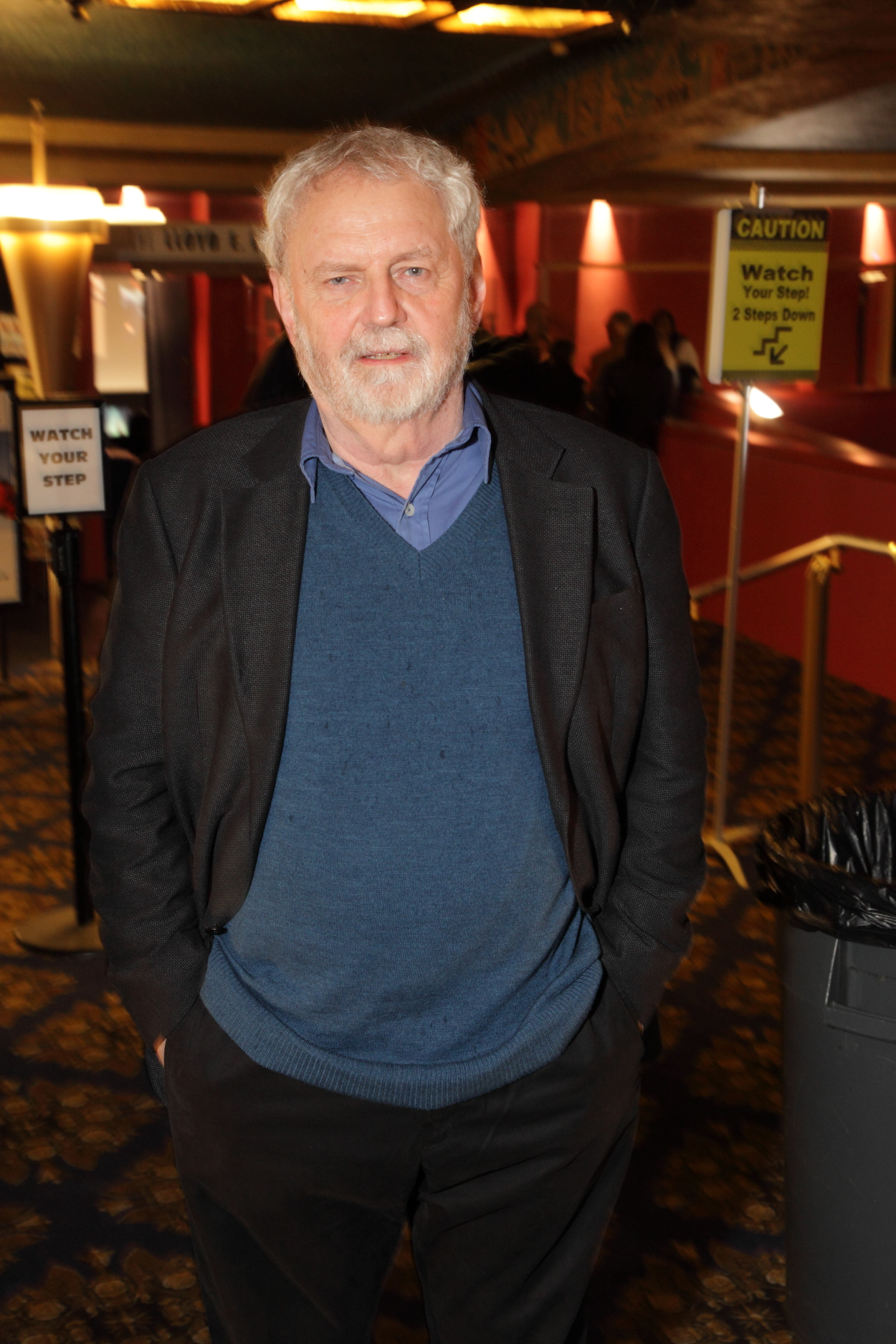
In the deceptively simple scene shown from Three Billboards, Frances McDormand’s Mildred stands in a doorway talking with her son and the town’s minister sitting at the dining room table. Heim picked up on its inner life and asked how the editing made it vibrant.
“You can either cut it, and you’re just on the reaction shot or you’re just on the dialogue shot,” Gregory responded. “Between the two extremes, there’s a minefield.”
Realizing this was the first scene that the movie spends more time with Mildred, the editor decided to hold back the reactions of the minister. He explained, “I just wanted to hold it on her so I played it on her until she goes all the way out — her body language, staying on her back. I thought it would work even if it didn’t get a laugh.”
Gregory went on to describe how he kept to that kind of thinking throughout the film. Summing it up, he said, “The editor leads the audience through with these shots. You have an innate rhythm in you and timing and you hope it’s right.”
A more general discussion followed about how the change from editing film to editing digitally has changed attitudes toward screening dailies. Amos said, “With the quantity of footage we shoot now that we’ve got digital, we’ve lost the time for it.”
Smith felt it was still an integral part of filmmaking, especially, he said, “When you’re running your cuts. You invite people who are not involved and you see the film through them.”
While Gregory wouldn’t go back to cutting on film, he pointed out, “You did have the time to think as opposed to just doing it and redoing it.” Wolinsky asserted, “Ultimately you make the decisions while you’re cutting. What I find great now is that you get through it pretty fast, and you can go back through the dailies and see what you’ve missed. I find I have to cut the scene in order to figure how to do it.”
Fielding questions from the audience, the editors were asked about what art forms influenced or inspired them. The answers included music, painting and cooking. The entire panel agreed that apprenticeships should be brought back, with Gregory commenting, “I love to involve assistants more in the actual film but you can’t do that now because they have so much to do.”
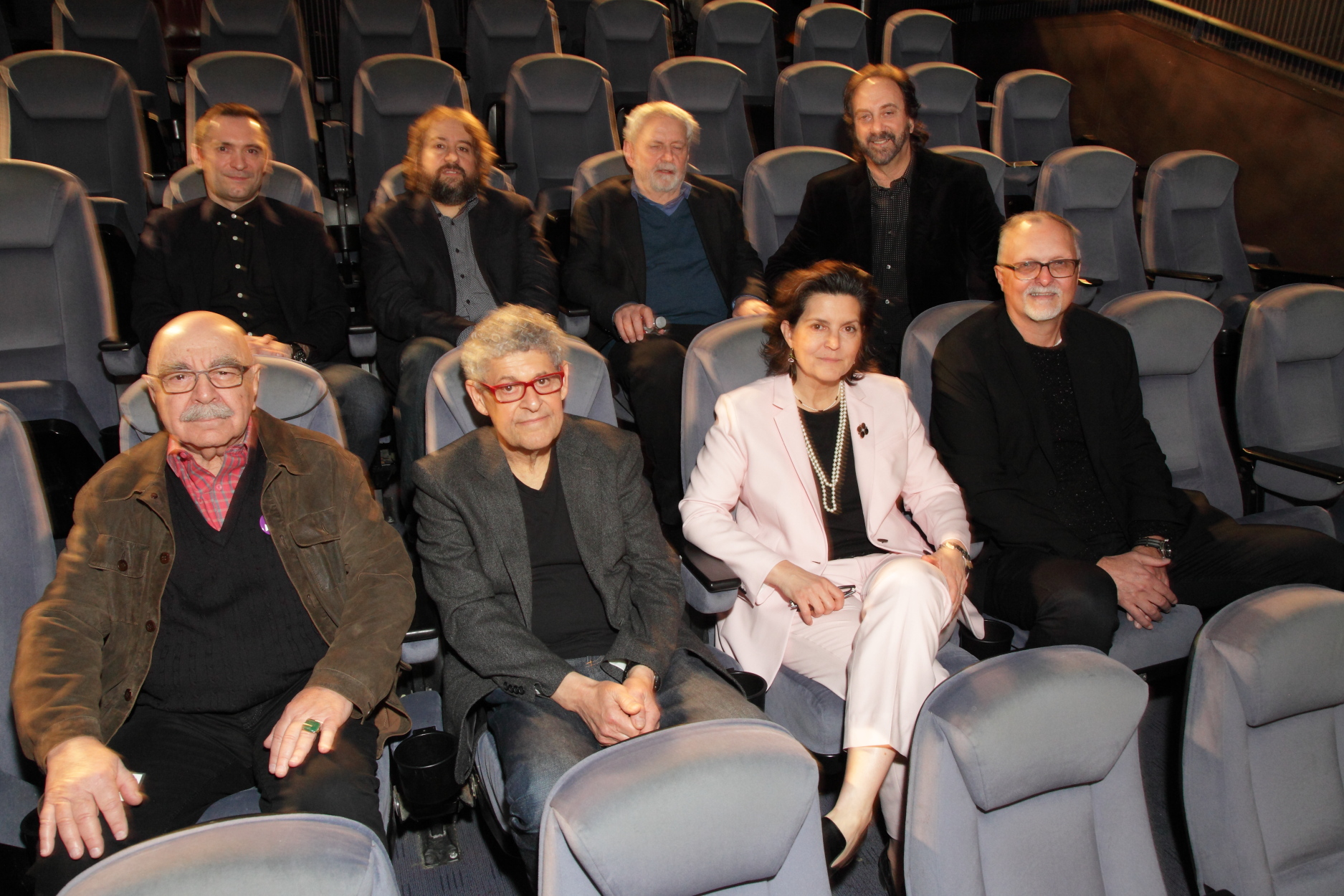
“How early do directors bring you on to the film?” was the session’s last question.
The Baby Driver editors claimed the earliest involvement. In 2011, director Wright recorded a table read of the script and the editors worked in the music and sound to create a 100-minute “radio play” which helped spark interest in the project. Later, animatics editor Schiff cut an animatic version of the sequences played to the songs “Bell Bottoms” and “Hocus Pocus” to show how the film would play.
As less extreme examples, Heim said he found it valuable to be at the table reading and for the blocking, while Wolinsky said, “The most traditional thing is to come on a few days before shooting.” Smith agreed with that and stated his gratitude to his assistant editor John Lee, who would come in some weeks before he did to set up the editing rooms.
With that, this year’s edition of Invisible Art/Visible Artists came to an end, and the program participants, audience and panelists alike, carried on their own editing conversations in the courtyard outside.



